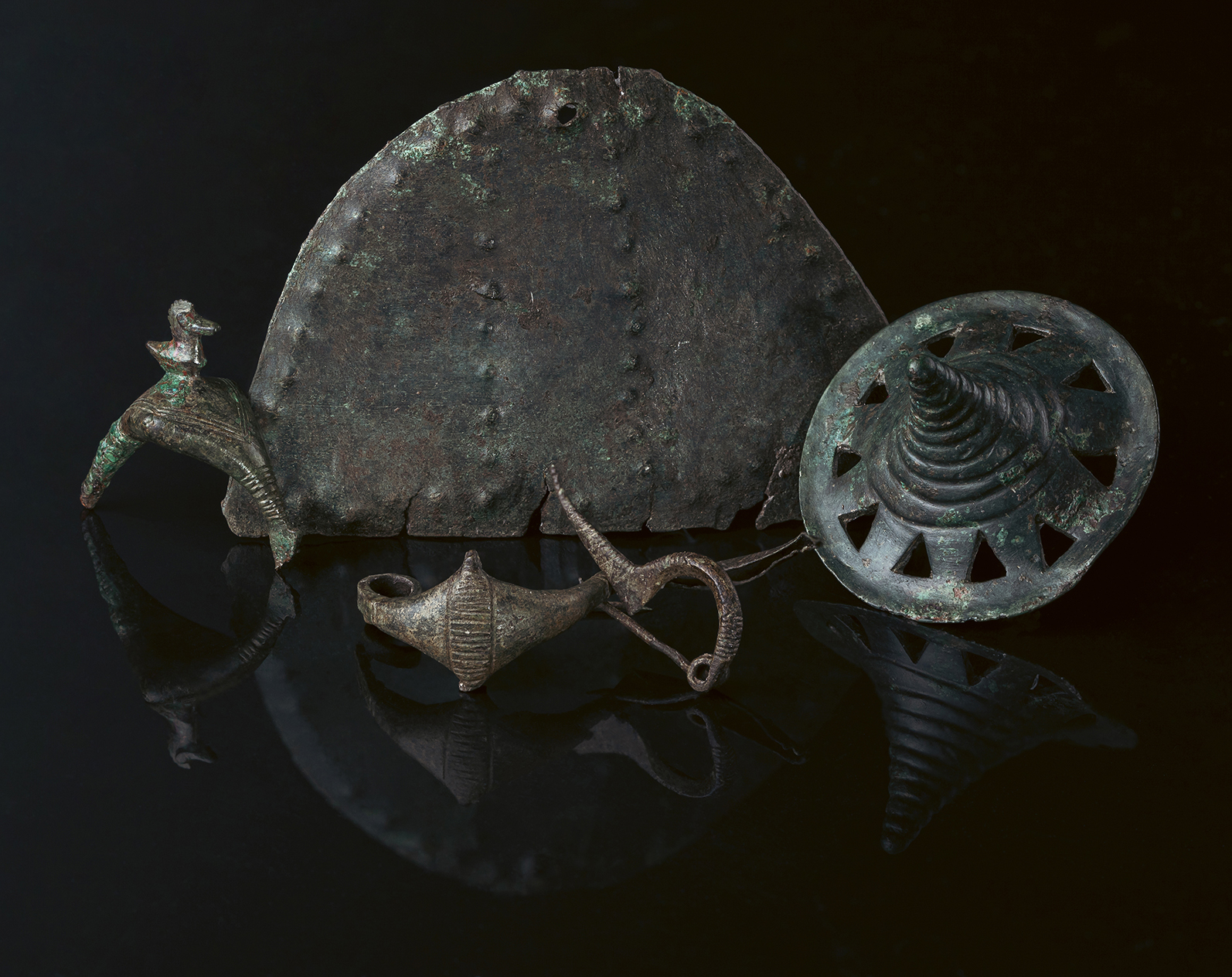Follow us on Google News (click on ☆)
Archaeologists used metal detectors and laser technologies to identify several hundred artifacts. Among them were jewelry, weapons, and military decorations dating mainly from 1080 to 900 BCE.

Some of the Iron Age metal artifacts found on Somló Hill in Hungary.
Credit: Bence Soós et al; Photo by László György; CC BY 4.0
Somló Hill, an isolated volcanic site, has revealed secrets buried for millennia. The research also uncovered amber beads, remains of fabric and leather, as well as wild boar and domestic pig tusks.
The discovered artifacts suggest significant human presence between the 13th and 6th centuries BCE. Researchers still do not know the identity of the inhabitants of this region at that time, but the quality of the objects indicates an organized society.
The six metal hoards discovered represent a first for the region. They include objects associated with bronze working, suggesting local metal production.
One of the hoards, named Hoard V, is particularly remarkable. It contains metal objects preserved in a ceramic vessel, an unprecedented practice for the late Bronze Age in this region.

Different views of an Alpine-style spearhead found in Hoard I on Somló Hill in Hungary.
Credit: Bence Soós et al; CC BY 4.0
These discoveries support the hypothesis of a tribal or clan-based society led by a warrior elite. Somló Hill may have been an important power center for this community.
Archaeologists also found remains of a building, though no metal production workshop has been confirmed. Future research could reveal more about the traditions of this ancient society.
How have modern technologies revolutionized archaeology?
Metal detectors and LiDAR have made it possible to precisely locate artifacts without invasive excavation. These tools provide a detailed view of the subsurface, revealing structures and objects invisible to the naked eye.
LiDAR, in particular, uses lasers to map terrain topography. This method was crucial for identifying potential excavation sites on Somló Hill.
These technologies significantly reduce the time and resources needed for archaeological surveys. They also help minimize site disturbance, preserving its integrity for future generations.
What was the significance of metal deposits in the Bronze Age?
Metal deposits, like those found at Somló, were likely linked to ritual or symbolic practices. They may represent offerings to gods or territorial markers.
The presence of valuable objects in these deposits suggests a society with an advanced social hierarchy. Elites may have used these hoards to display their power and wealth.
These practices also testify to a network of exchanges and advanced metallurgical skills. The discovered objects reflect cultural influences, indicating contacts between different regions of Europe.